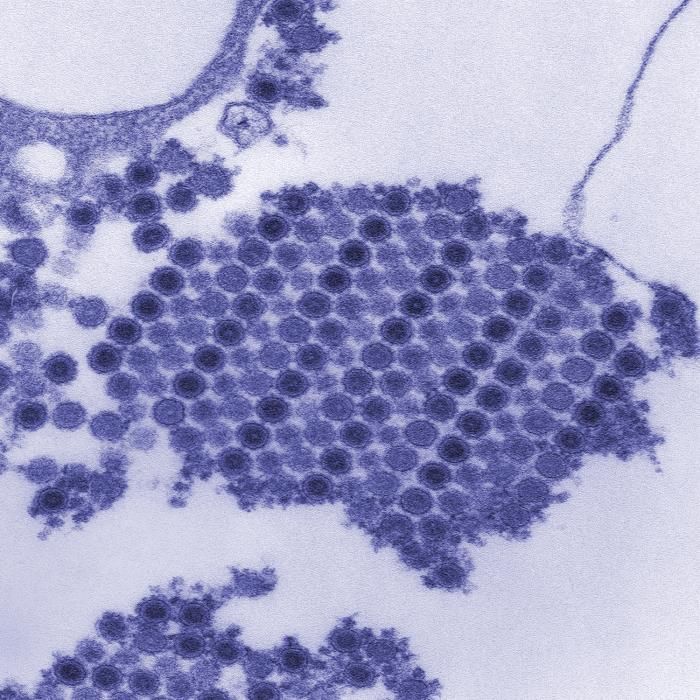Mistaken Dengue Diagnoses Hamper Treatment, Prediction

Some people who are infected with the mosquito-borne virus chikungunya may be misdiagnosed as having dengue, a different mosquito-borne virus, because the two diseases cause similar symptoms, according to a new study.
For patients, this misdiagnosis could mean they don't receive the right treatment, the researchers said. Although there are no specific treatments for either viral disease — people with either one are usually just given fluids and pain relievers — there are differences in which pain relievers are recommended for each.
But this misdiagnosing may also lead researchers to misunderstand the true prevalence of these infections.
The new findings also shed light on the distribution of mosquitoes that spread the two viruses and that likely also spread the Zika virus, researchers said. Understanding the distribution of these mosquitoes may help researchers predict the further spread of the Zika virus too. [Zika Virus FAQs: Top Questions Answered]
"The mosquitoes that are chiefly responsible for the global spread of dengue and chikungunya are likely to be the same species also responsible for the ongoing Zika outbreak," said Laith Yakob, a lecturer in disease-vector biology at the London School of Hygiene & Tropical Medicine. "Understanding the distribution of these species and tracking how this changes over time are key to improving disease surveillance and control efforts."
Both chikungunya and dengue infections can cause headache, fever, rash and muscle pain, Yakob said. But misdiagnosing chikungunya as dengue "masks the true geographical extent of [the chikungunya virus] and population at risk of infection," he told Live Science.
In the study, the researchers looked at recent data from the World Health Organization and other institutions and created maps showing the areas where people have dengue and chikungunya infections. The scientists also looked at studies that reported the detection of both viruses in the same patients.
Sign up for the Live Science daily newsletter now
Get the world’s most fascinating discoveries delivered straight to your inbox.
The researchers found 154 countries with reported cases of dengue infection and 99 countries with reported cases of chikungunya infection in recent years. These included 98 countries with cases of both diseases, and 13 countries with cases of people who were "co-infected" with both viruses.
However, the researchers noted that because both chikungunya and dengue are typically diagnosed based on patients' symptoms, it is difficult to know the true extent of cases in which people are infected with both viruses.
Better ways of diagnosing infections with each virus are desperately needed, the researchers said.
In their study, the researchers also looked at the distribution of two mosquitoes that spread both viruses. One of the mosquitoes, called Aedes aegypti, is found in 174 countries, whereas the other one, called Aedes albopictus, is found in 88 countries, the researchers said. Moreover, 68 countries reported the presence of both mosquito species, the scientists said. TK-does the US have both? TK
Cases of co-infection with chikungunya and dengue were found in Africa and Southeast Asia, and research has shown the infections can spread through international travel and transport of goods, the researchers said. [Zika Virus News: Complete Coverage of The Outbreak]
More research is needed to examine whether being infected with one of the two viruses first may make a person more susceptible to being infected with the other virus, too, the researchers said.
For now, it is also unclear whether co-infection with the two viruses may lead to worse symptoms than those caused by either virus by itself, the scientists said.
The new study was published today (March 2) in the journal BMC Infectious Diseases.
Follow Agata Blaszczak-Boxe on Twitter. Follow Live Science @livescience, Facebook & Google+. Originally published on Live Science.












